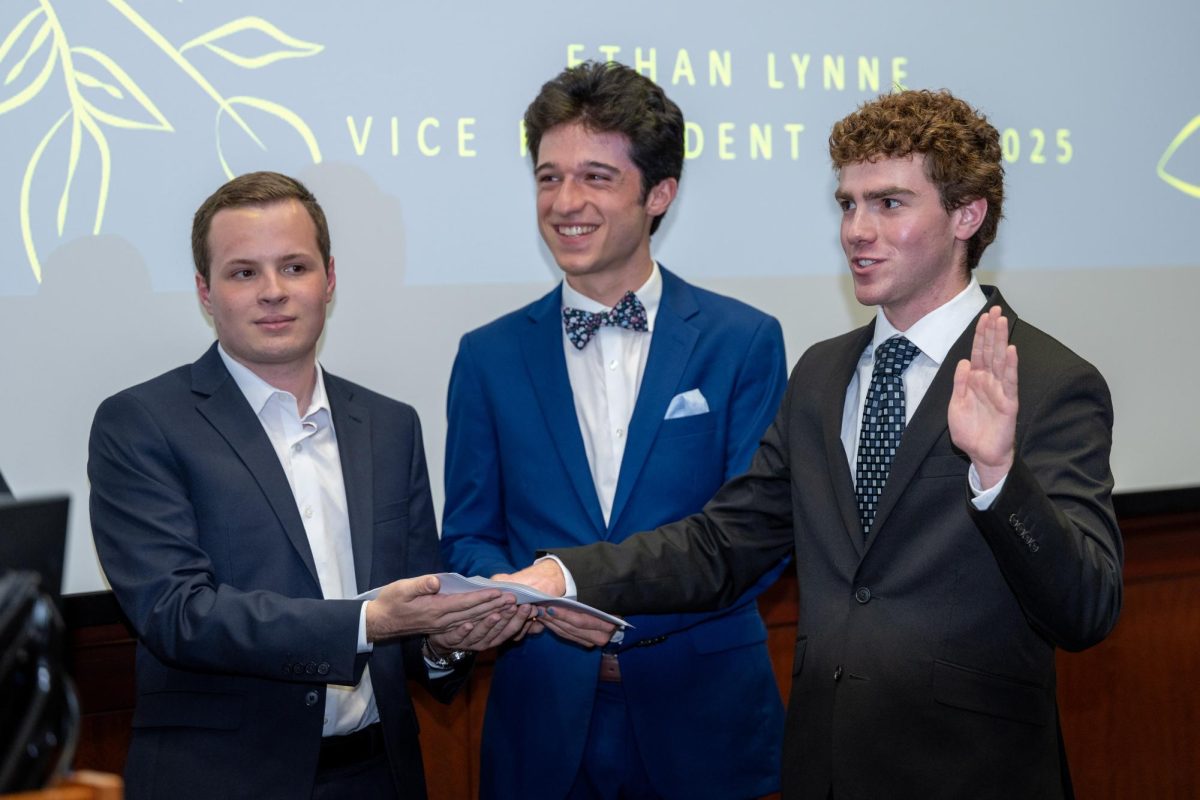Web Exclusive
The latest results of GW’s Eco-Challenge results were released Friday, and residents have set drastic records compared to last year’s energy consumption, University administrators said.
So far this year, students have conserved 3.68 million gallons of water and 603,248 kilowatt hours of electricity. At the same time last year, students had saved only one million gallons of water.
“This year is the second time we are running Eco-Challenge as a year-long contest. I’m happy to see our students are conserving more water this year than last year,” said Casey Pierzchala, a facilities sustainability project assistant, in an e-mail.
Since Oct. 16, per capita electric usage is down 9.4 percent, or 299,777 kilowatt hours, and water consumption is down 6.4 percent, or 1,447,977 gallons less water usage from the same time period last year.
Sophie Waskow, the stakeholder engagement coordinator for the Office of Sustainability, attributed the success of the Eco-Challenge Program to increased marketing and a greater campus-wide focus on sustainability.
“As more information about the contest is communicated to students and as the University focuses more and more on sustainability, I think students will make the decision to change their habits and reduce their use of water and electricity,” Pierzchala said, emphasizing the fact that the Eco-Challenge is being held over a long period of time – as opposed to programs from other universities that only last a week or a day. She said the challenge helps create long-term changes in peoples’ energy and water consumption.
The leader in energy consumption for both energy measurements has been the Phi Sigma Sigma house located at 2028 G Street, whose electricity consumption is down 24 percent and water consumption down 46 percent for the year.
Each hall competes with its own consumption from the previous year, and from the previous six-week quarter.
“We’ve set up the data to be measured on a per-person basis in order to
allow large halls and small halls to compete on an equal footing,” Pierzchala said. “Thurston and a small townhouse are both equally likely to win because their data is normalized. Neither hall is disadvantaged because of its size or infrastructure.”
This past summer, the University installed upgrades in many of the buildings, including low-flow shower heads and boiler controls in many buildings, and laundry room and basement lounge motion sensors, so the lights turn off when students leave, in all of the buildings. These upgrades are also decreasing energy and water consumption.
“Green Living lets residential students make a direct impact,” said Matt Trainum, employment director of University Housing Programs in an e-mail. “Students, those affiliated with green campus groups and those just personally driven on the topic, come together to set the path for our hall-based sustainability efforts.”







